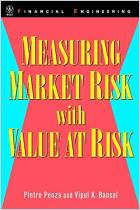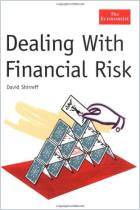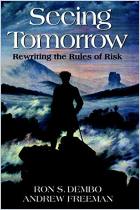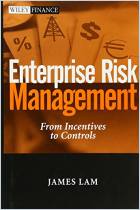
Value at Risk
The New Benchmark for Controlling Derivatives Risk
Read or listen offline
Amazon KindleRecommendation
As demonstrated by the bankruptcies of Britain’s Barings Bank and Orange County, Calif., any organization that dabbles in derivatives investments needs sophisticated risk-assessment tools like "Value at Risk." The concept of VAR is simple - this single number shows just how much an institution’s investment portfolio stands to lose. But calculating VAR is anything but simple, as author Phillippe Jorion’s complex formulas and dense prose illustrate. Jorion does an admirable job of explaining exactly why Barings went broke, but his book is not for the uninitiated. Without skipping a beat, Jorion throws around impenetrable phrases like "generalized autoregressive heteroskedastic model." Nevertheless, getAbstract recommends this necessarily complex book to money managers who need to gauge the downside of sophisticated derivative investments; the rest of us can simply peruse its intriguing sagas of financial disaster, take an aspirin and lie down.
Summary
About the Author
Philippe Jorion is a professor of finance at the University of California at Irvine. He has a Ph.D. from the University of Chicago. He is author of Big Bets Gone Bad: Derivatives and Bankruptcy in Orange County.























Comment on this summary or Comenzar discusión